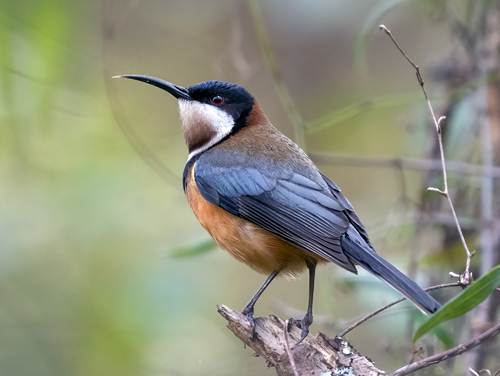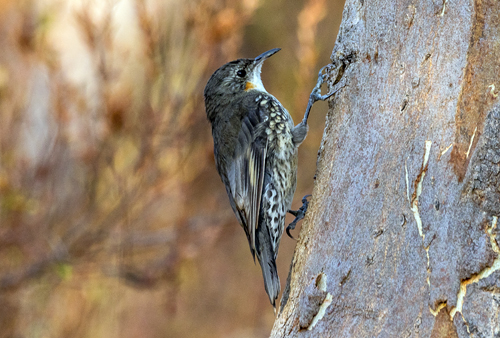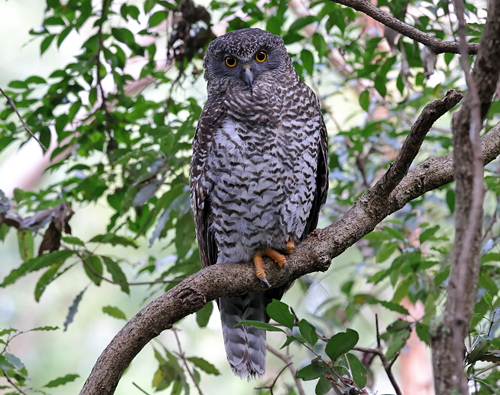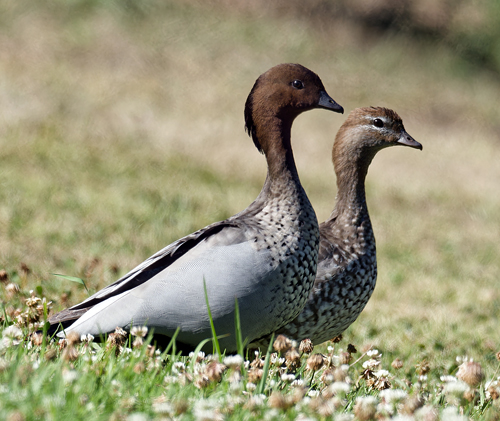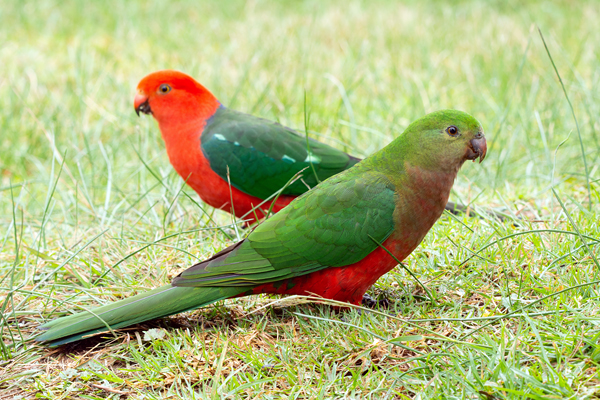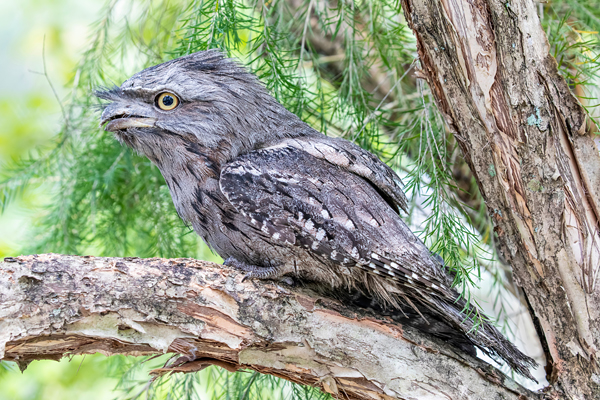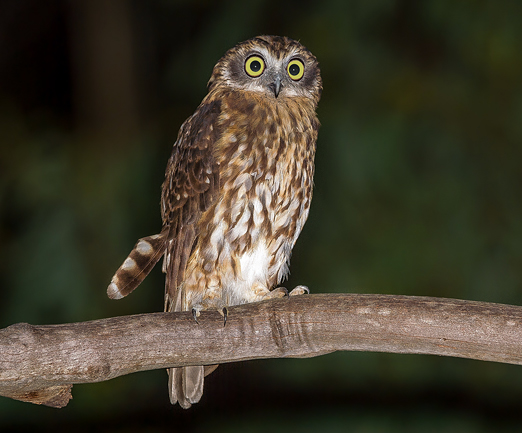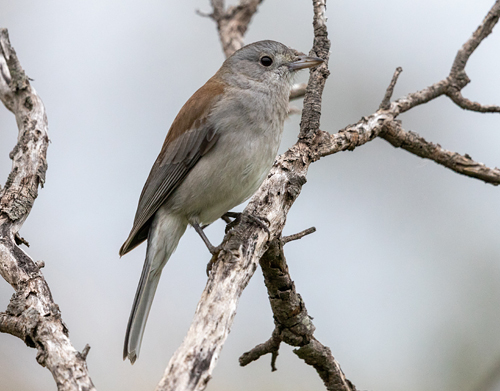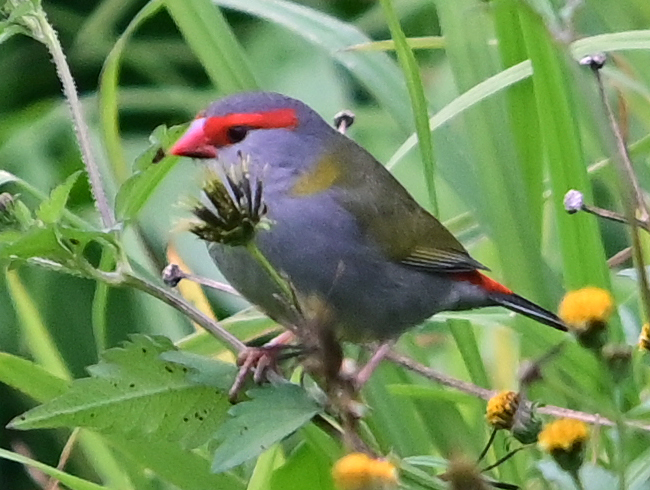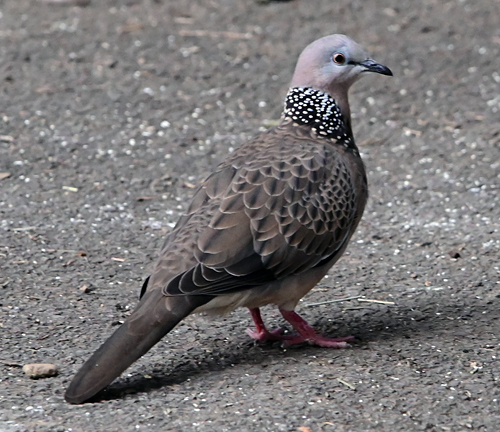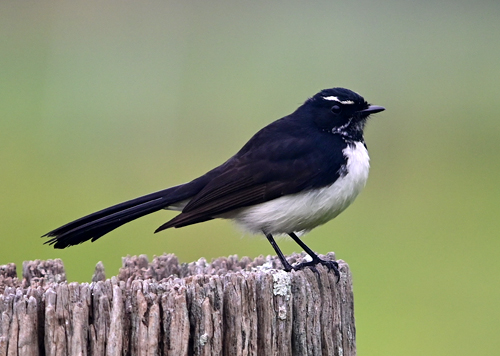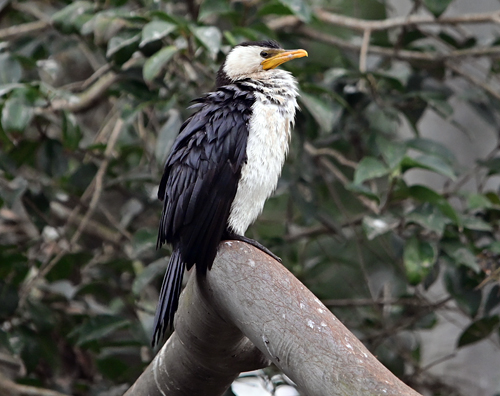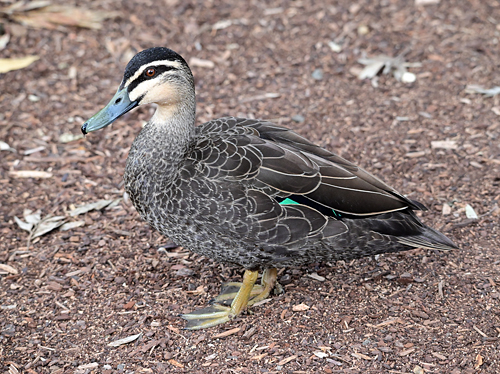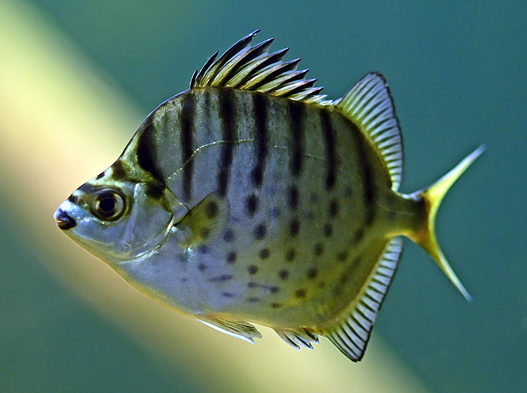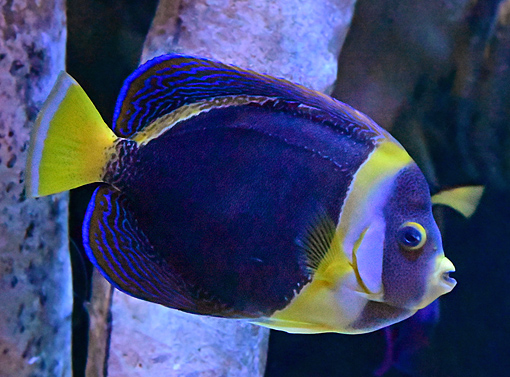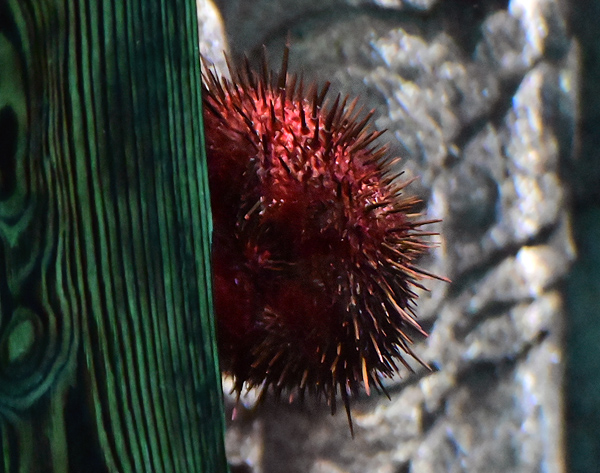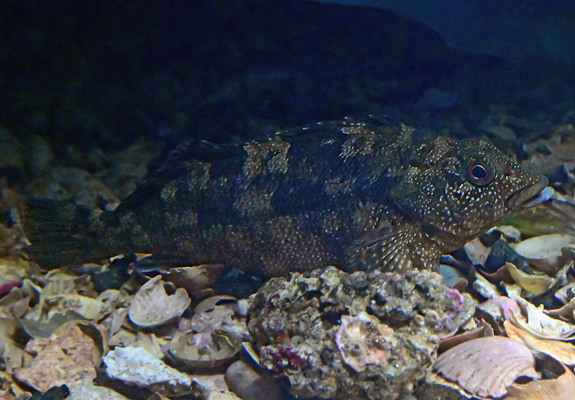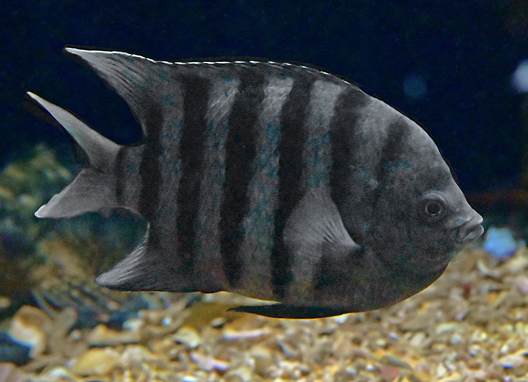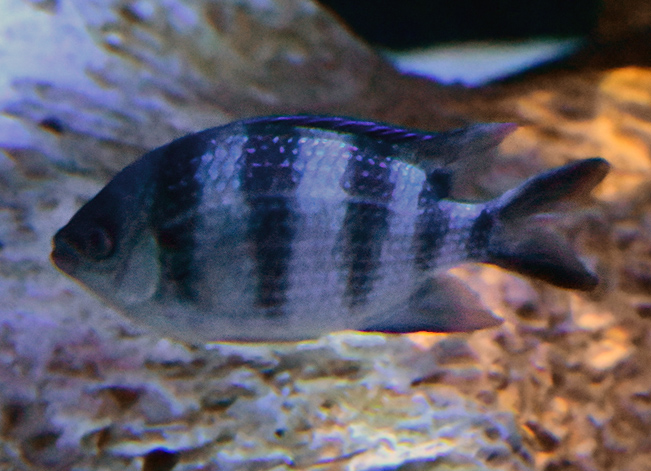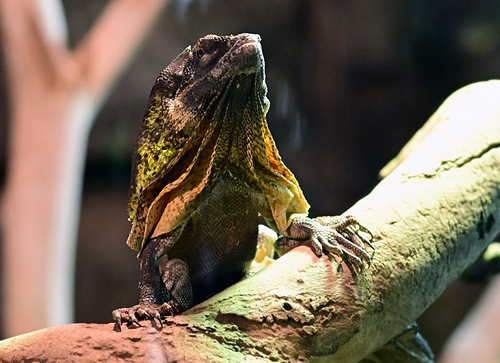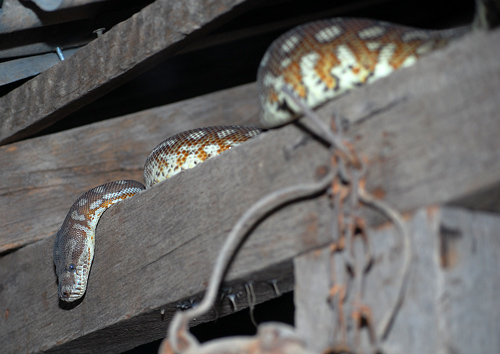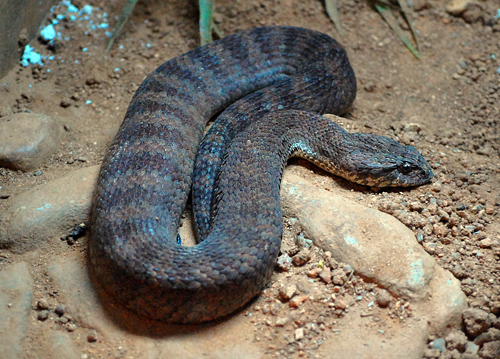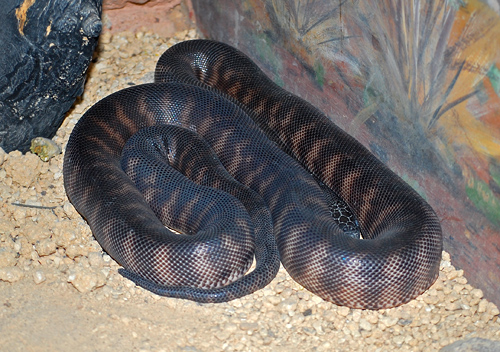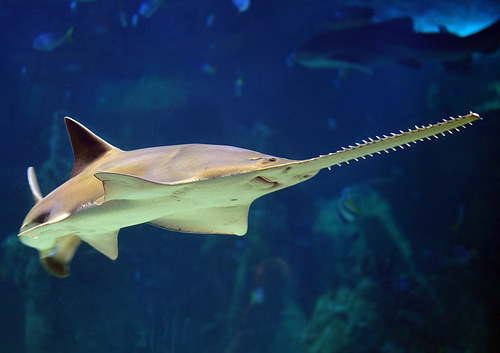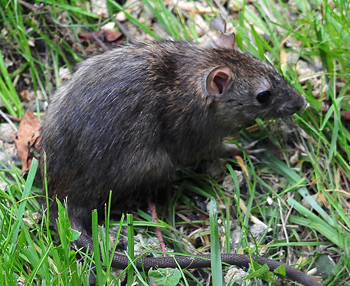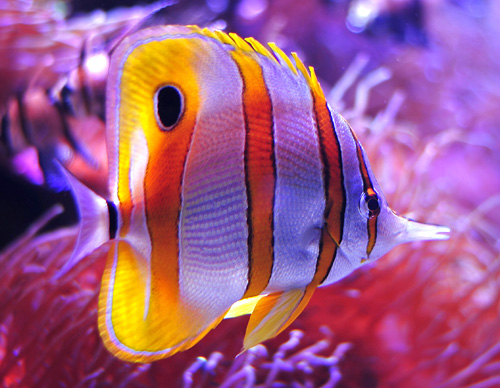Giant Trevally

Caranx ignobilis
Other Names: Lowly trevally, barrier trevally, giant kingfish, ulua
Size: 170 cm
Family: Carangidae, a family of ray-finned fish which includes the jacks, pompanos, jack mackerels, runners, and scads. The family contains many important commercial and game fish, notably the Pacific jack mackerel.
Weight: To 80 kg
Distribution: The giant trevally is distributed throughout the tropical waters of the Indo-Pacific region, with a range stretching from South Africa in the west to Hawaii in the east, including Japan in the north and Australia in the south to (very approximately) Sydney and the northern tip of New Zealand.
Status: Least concern
Habitat: The giant trevally inhabits a wide range of marine environments, from estuaries, shallow bays and lagoons as a juvenile to deeper reefs, offshore atolls and large embayments as an adult. Juveniles of the species are known to live in waters of very low salinity such as coastal lakes and upper reaches of rivers, and tend to prefer turbid waters.
References: Edgar, Stuart-Smith et. al, Wikipedia.
About the Giant Trevally
The giant trevally is distinguished by its steep head profile, strong tail scutes, and a variety of other more detailed anatomical features. It is normally a silvery colour with occasional dark spots, but males may be black once they mature. It is the largest fish in the genus Caranx, growing to a maximum known size of 170 cm (67 in) and a weight of 80 kg (176 lbs).
Weight: To 80 kg
Diet: The giant trevally is an apex predator in most of its habitats, and is known to hunt individually and in schools. The species predominantly takes various fish as prey, although crustaceans, cephalopods and molluscs make up a considerable part of their diets in some regions. The giant trevally employs novel hunting strategies, including shadowing monk seals to pick off escaping prey, as well as using sharks to ambush prey. Footage released in 2017 on Blue Planet II revealed a group of approximately 50 giant trevally hunting terns, specifically fledglings still learning to fly and which crash land in the water, as well as both fledglings and adults unfortunate enough to fly low enough for the fish to pounce on them, in Farquhar Atoll in the Seychelles.
Breeding: The giant trevally reproduces in the warmer months, with peaks differing by region. Spawning occurs at specific stages of the lunar cycle, when large schools congregate to spawn over reefs and bays, with reproductive behaviour observed in the wild. The fish grows relatively fast, reaching sexual maturity at a length of around 60 cm at three years of age.
Economics: The giant trevally is both an important species to commercial fisheries and a recognised gamefish, with the species taken by nets and lines by professionals and by bait and lures by anglers. Catch statistics in the Asian region show hauls of 4,000–10,000 tonnes, while around 10,000 lbs of the species is taken in Hawaii each year. The species is considered poor to excellent table fare by different authors, although ciguatera poisoning is common from eating the fish. Dwindling numbers around the main Hawaiian Islands have also led to several proposals to reduce the catch of fish in this region.

Photo taken at Sydney Aquarium, Sydney, NSW, Australia. Higher Resolution 2128 x 1416.

Photo taken at Sydney Aquarium, Sydney, NSW, Australia.

Approximate range of the Giant Trevally. Image by Kare Kare at Wikipedia.
See Also
Australian Mammals
Australian Birds
Australian Reptiles
Australian Frogs
Australian Spiders and Their Faces
Australian Wild Plant Foods
Return to Australian Fish



